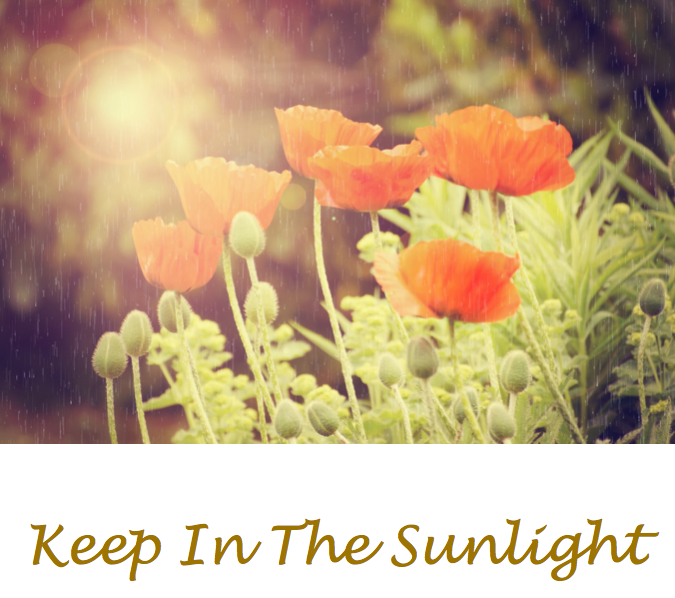
Ella Enchanted (1997)
(1997)
by Gail Carson Levine
A clever twist on the classic fairy tale of “Cinderella,” Ella Enchanted further explains this character’s situation with her step-family. Ella was cursed at birth with the “gift” of always being obedient. Adventures, humor, magic, and romance all find their way into this enchanting story. A great commentary on how traits we often think of as “good,” like obedience, can be harmful and even dangerous when taken to the extreme. (It’s also interesting to reflect on the obedience we often expect from children and how that can backfire. And how many people, women in particular, have a tough time saying “no” to things.) The back story of Ella’s life presents gnomes, ogres, and giants, but all eventually ends with a grand ball, a lost glass slipper, and a happily ever after.
I’ve re-read this book too many times to count. I never saw the film, because I’m very loyal to book versions, especially when I enjoy them as much as this one.
Ella Enchanted (1997)
(1997)
Thoughts/Activities/Extended Learning (SPOILERS included):
—The gnomes give Ella a special gift. Draw a picture or create a model of what you think it may look like.
–Ella’s necklace is also a precious gift. Draw a picture or use materials to recreate what you think this looks like.
–Many alternate versions of “Cinderella” are available in picture books, novels, and in movies. Explore one or some of these alternate versions and compare it with Ella Enchanted.
–Many of us know the Disney version of “Cinderella,” but have you read the Grimm Brothers’ version*? You may be surprised.
*(As a parent, you may want to preview this or any original fairy tale first. And then read Bruno Bettelheim’s The Uses of Enchantment for a persuasive argument on the importance of fairy tales in their original forms.)
–Ella is skilled at many languages throughout the book. Create a chart comparing some of the words from each language. What do you notice?
–Create your own fairy creature language. Come up with some basic words and create a small picture dictionary. What rules will this language follow? How are consonants, vowels, capitals, and punctuation used to reflect the nature of the creatures whose language it is? For instance, large, mean creatures may use many capitals or harsh consonants.
–Mandy is a skilled cook, creating dishes that seem to please everyone. Choose one of the dishes she makes and find a recipe to make your own version.
–At finishing school, Ella learns needle point. See if you can find someone to teach you the basics of this art and give it a try.
–Char and Ella become pen pals when he is called away for the year. See if you can locate a friend or relative who lives far away who might be interested in exchanging letters.
—Ella Enchanted is a twist on the “Cinderella” story. Use your imagination to re-write another classic fairy tale that helps explain the situation in which the main character finds him/herself.
–Obedience is sometimes seen as a good trait, but in Ella’s case it was taken too far and became more of a curse. Can you think of other traits that might be considered “good,” but that might be harmful if used too much?
–In Ella’s magic book of fairy tales there are different explanations for the tales of “The Shoemaker and the Elves” and “Aladdin.” Reacquaint yourself with the original versions of one of these stories, then write the stories you think Ella might have read in her book.
–Char and Ella dance many times at the ball, including a dance called the gavotte. See if you can find an explanation or video of this dance and practice with a friend.
–Get together with other friends who have read this book and recreate one of the scenes to present to an audience. Act it out, use puppets, or even create a claymation video.
–Ella has many adventures throughout the book. Create a board game that follows her journey. Designate certain spaces so that a player loses a turn or gets to skip ahead. For instance, a player may lose a turn if stuck with the ogres for a night, but may advance extra spaces when Ella gets a ride with Sir Stephan.
–Char talks about the “sings” in Ayortha. The words to one of the songs are written in chapter 27. Create a melody to go with this song and play it or sing it for an audience. Or write your own lyrics for another song he may have heard.
You might also enjoy:
Bella at Midnight





